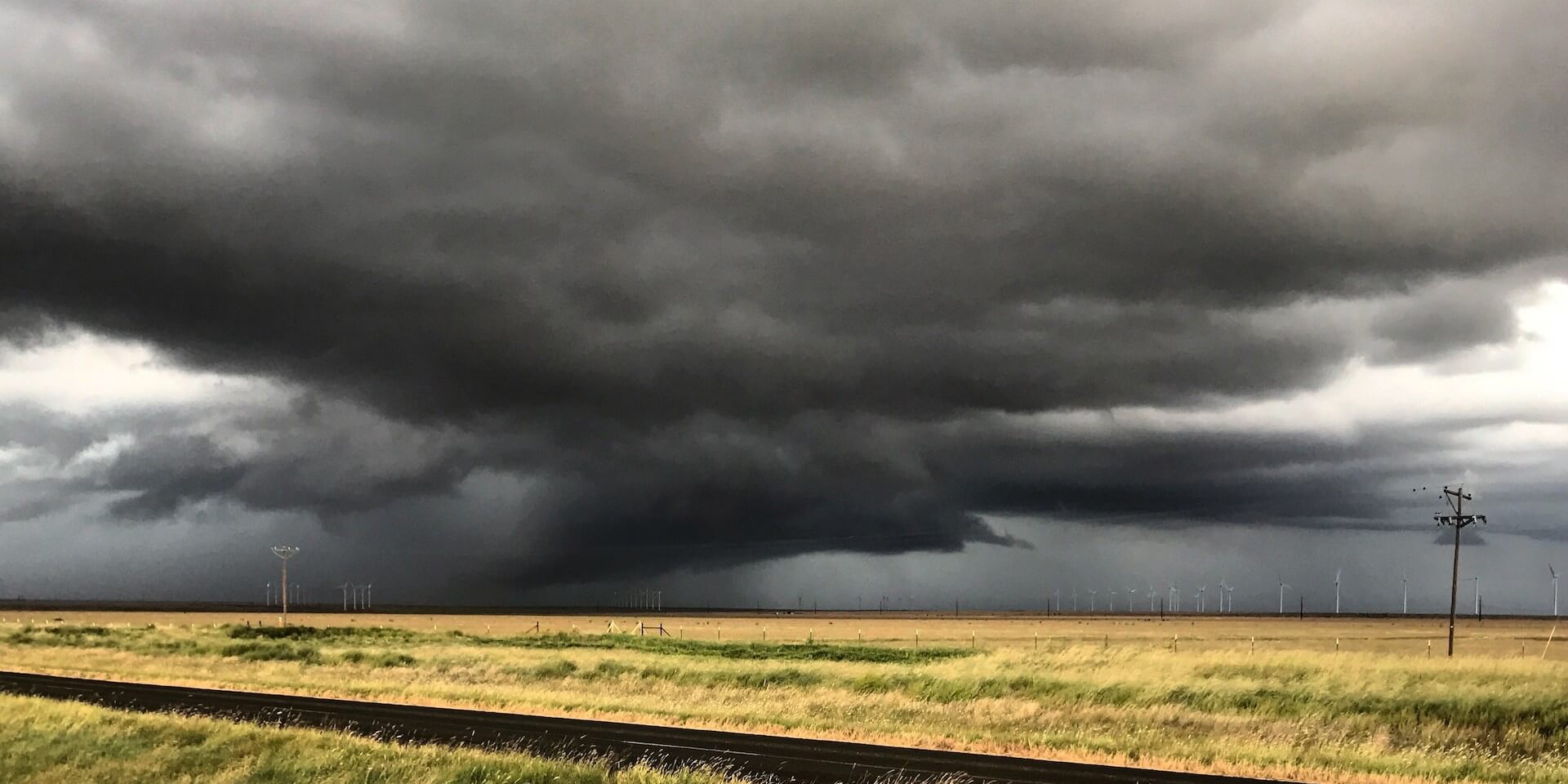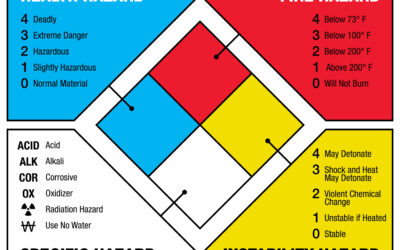Severe weather emergencies can strike at any time. Whether your building lies in an at-risk area for a natural disaster or not, it is important to be prepared for all types of weather emergencies in order to ensure the safety of the occupants of your building. The Federal Emergency Management Agency (FEMA) has developed a set of guidelines and tips to follow when preparing your emergency action plan (EAP) regarding severe weather sheltering.
Severe Heat
NOAA defines a heat wave as a period lasting three days or longer where temperatures reach 90 degrees Fahrenheit or higher. In the event of extreme heat, it is important to stay indoors as much as possible and avoid direct exposure to the sun. Additionally, try and find a room or building that is air-conditioned. If you don’t have access to air conditioning, try to remain on the lowest floor of the building and out of the sunshine!
Thunderstorms and Lighting
In the event of a severe thunder storm, stay away from any doors and windows that lead outside. Also, concrete walls and floors often contain a wire mesh. These wires conduct electricity and make for dangerous conditions during a thunderstorm. Therefore, steer clear of concrete walls and don’t lie down on concrete floors during a thunderstorm in case of a lightning strike. Lastly, it is important to keep all windows and doors shut to prevent wind damage and injuries to your building’s occupants.
Hurricanes
The first step to safety in hurricane zones is to pay attention to local media for hurricane watches and evacuation warnings. Additionally, it is important to keep in mind that if you live in a high rise building, that hurricane storm winds are stronger at higher elevations. If you are unable to evacuate the area before the storm hits, find the nearest wind-safe room. If you are unable to find a wind-safe room, find a small interior room, closet or hallway and take shelter. When taking shelter, lie down under a sturdy object or piece of furniture such as a table. If possible, do so on the ground floor.
Tornadoes
In the event of a tornado, FEMA recommends finding predesignated shelter, safe room, basement, or storm cellar. If none of these are available, get to the lowest floor of the building. Also, it’s best to find shelter as close to the center of the building as possible, putting as many walls between you and the outside. Lastly, stay as far away from windows and doors as possible.
Winter Storms
Avoiding low temperatures and wind is key during a winter storm. Select a location where heat can best be conserved, such as the side of the house that receives the most sunlight and is away from cold winds. Interior rooms are usually the best option when finding shelter during a winter storm emergency. Then, if necessary, seal off rooms that are not being used by shutting doors, closing window coverings, etc.
Plan. Prepare. Save Lives.
These are just a few of the common severe weather emergencies that may require sheltering. It’s important to prepare for all kinds of severe weather emergencies with a clear and concise plan.
Building Maps is the industry leaders in fire evacuation and severe weather sheltering map illustration services. Contact us and let us help you prepare your organization’s buildings for emergencies of all kinds.





